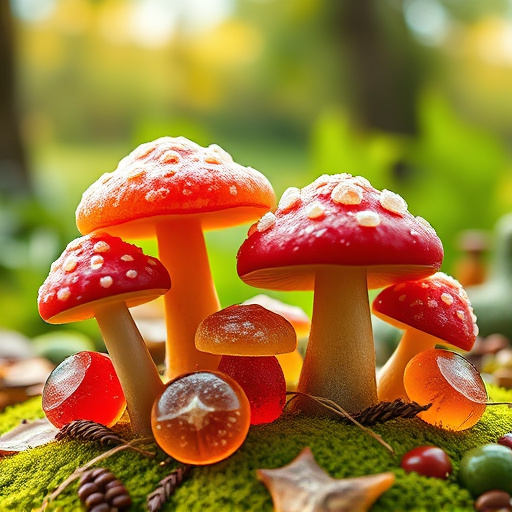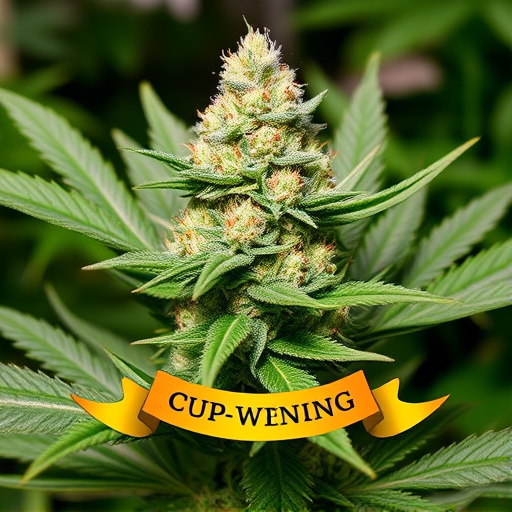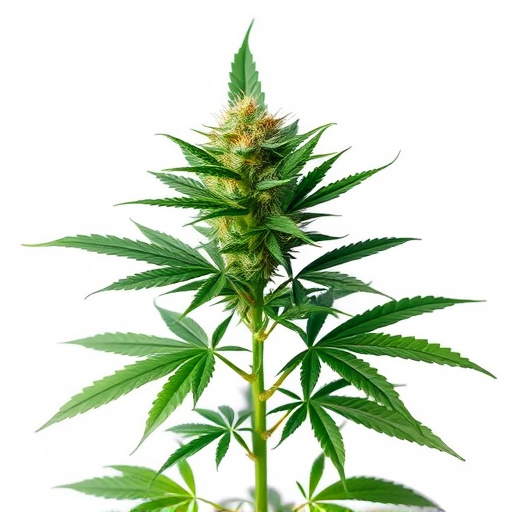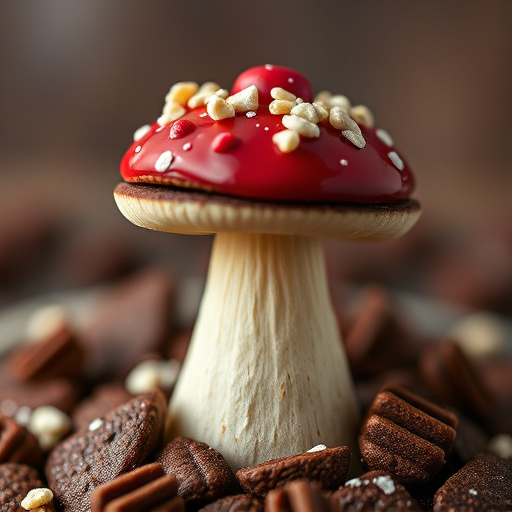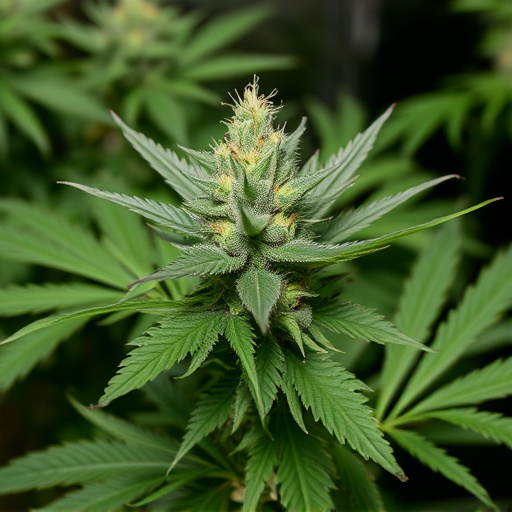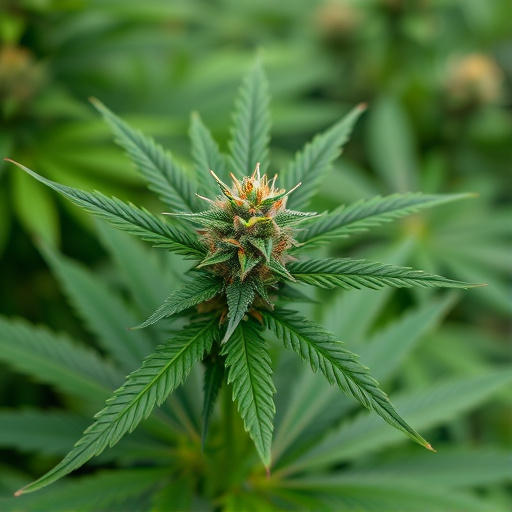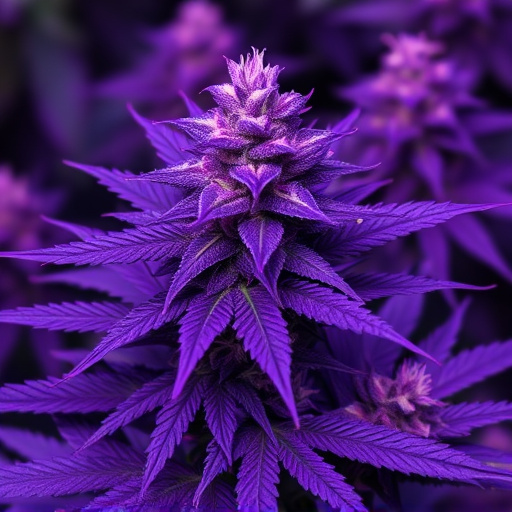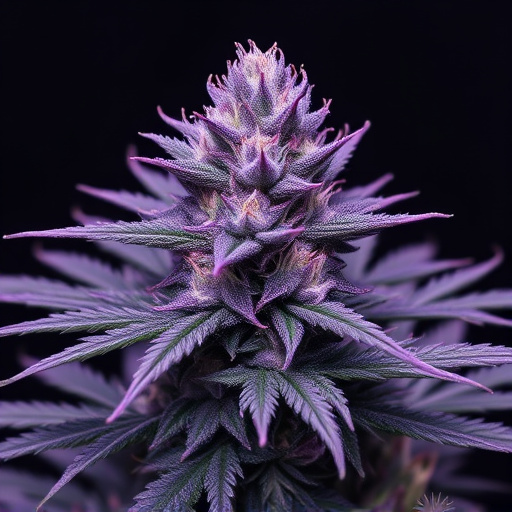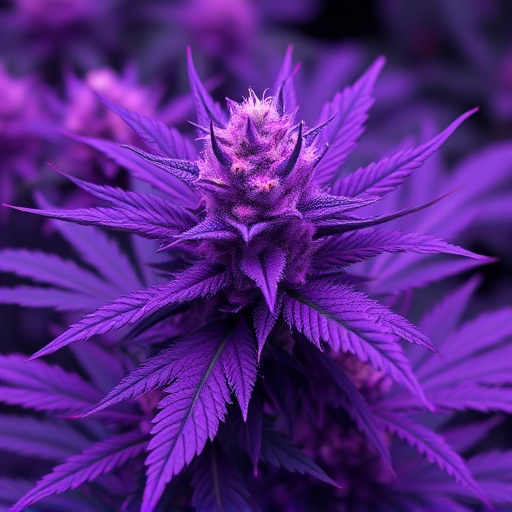The impact of purple cannabis strains on individuals is highly varied due to a complex interplay between chemistry and genetics, particularly through each person's unique endocannabinoid system (ECS). Factors like tolerance, metabolism, consumption method, and personal expectations significantly influence reactions. Understanding these nuances helps users select strains tailored to their preferences for a more enjoyable experience. Genetic diversity and age impact how the body interacts with cannabis compounds like THC and CBD, leading to varied effects even among purple strains with high THC content. Deciphering these interactions is crucial for managing experiences, especially with potent strains.
Discover why cannabis hits everyone differently. Despite popular belief, the effects of weed aren’t universal. This is largely due to a complex interplay of biological, psychological, and environmental factors. The article explores the science behind individual reactions, focusing on the endocannabinoid system and genetic predisposition. We delve into the unique properties of purple cannabis strains and their potential impact on perception. Additionally, learn how environmental settings, mood, expectations, and consumption methods shape your experience, with a special focus on the intriguing characteristics of purple strains.
- The Science Behind Individual Reactions to Cannabis
- – Explaining the endocannabinoid system and its role in varying responses
- – Genetic predisposition and personal tolerance levels
The Science Behind Individual Reactions to Cannabis
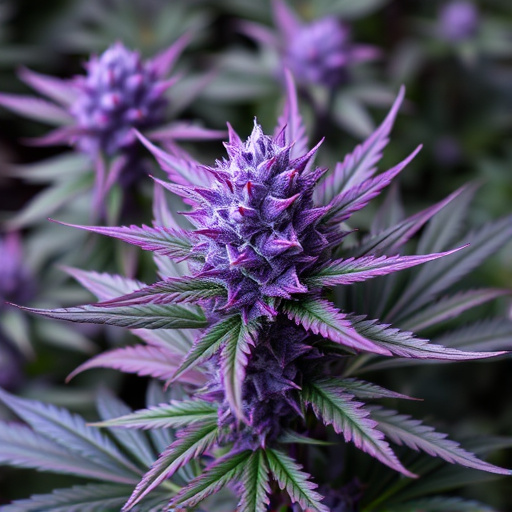
The way cannabis affects individuals is a complex matter, rooted in intricate interactions between chemistry and genetics. Each person’s endocannabinoid system (ECS), responsible for regulating mood, memory, appetite, and pain perception, operates uniquely. This system interacts with the compounds found in cannabis, known as cannabinoids, such as THC and CBD. The difference in ECS activity explains why one person might experience euphoria from a particular purple cannabis strain, while another may feel little effect or even discomfort.
Additionally, individual variations in tolerance, metabolism, and personal expectations play significant roles. For instance, someone with a higher tolerance developed through regular use might not be as affected by the same strain as someone who consumes it infrequently. Similarly, the way cannabis is consumed—whether smoked, vaped, eaten, or infused—and the specific method of preparation can also contribute to varying reactions. Exploring different purple cannabis strains and understanding their unique profiles can help users make informed choices, ensuring a more personalized and enjoyable experience.
– Explaining the endocannabinoid system and its role in varying responses
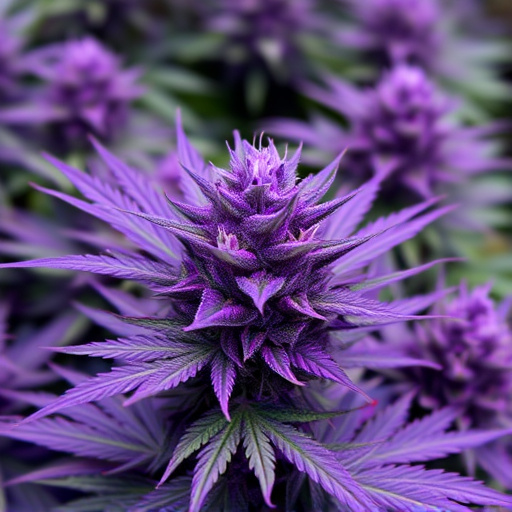
The human body has an intricate system known as the endocannabinoid system (ECS), which plays a significant role in regulating various physiological processes, including mood, memory, appetite, and pain perception. This system is comprised of endocannabinoids, receptors, and enzymes that interact with cannabinoids, such as THC found in cannabis plants, including popular purple cannabis strains. The ECS’s primary function is to maintain homeostasis, or balance, within the body. When we consume cannabis, THC binds to CB1 and CB2 receptors located in different areas of the brain and body, respectively, triggering a cascade of events that can lead to the diverse range of effects experienced by individuals.
The varying responses to cannabis are largely due to differences in ECS activity among people. Genetic variations, age, overall health, and individual tolerance all contribute to how each person’s ECS interacts with cannabinoids. For instance, some purple cannabis strains known for their high THC content might induce intense euphoria and relaxation in some users but cause anxiety or paranoia in others. Understanding the complex interplay between the ECS and cannabis compounds is crucial in deciphering why the same strain can affect individuals differently.
– Genetic predisposition and personal tolerance levels
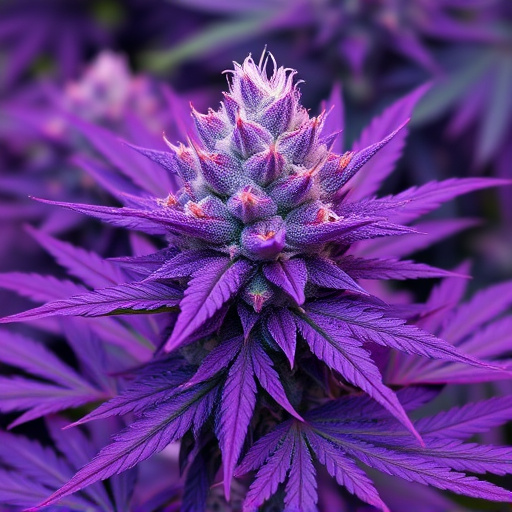
Every individual’s experience with cannabis, or “weed,” is unique due to a combination of genetic factors and personal tolerance levels. Our bodies produce endocannabinoids, natural compounds that interact with cannabis’ active ingredients, THC and CBD. Genetic variations in enzymes responsible for producing and breaking down these endocannabinoids can significantly influence how one might react to the plant. For instance, some people may have a higher density of CB1 receptors in their brain, making them more susceptible to cognitive effects like heightened creativity or memory alteration, often associated with purple cannabis strains.
Additionally, personal tolerance plays a crucial role. Regular users may build up a higher threshold for THC, requiring stronger doses to achieve the same effects as a casual consumer. This genetic predisposition and accumulated tolerance can lead to varied responses, from relaxing and euphoric experiences to more intense side effects like anxiety or paranoia. Understanding these individual differences is essential when considering cannabis consumption, especially with specific strains known for their potent properties, such as purple cannabis strains.
Every individual’s experience with cannabis is unique, as a multitude of factors contribute to how it affects us. The endocannabinoid system, a complex physiological network, plays a pivotal role in regulating our response to cannabinoids. Coupled with genetic variations and personal tolerance levels, these elements create a diverse spectrum of reactions, even among those who consume the same strain, like the intriguing purple cannabis strains known for their distinct properties. Understanding these nuances is essential for both consumers and researchers navigating the complex world of cannabis.

